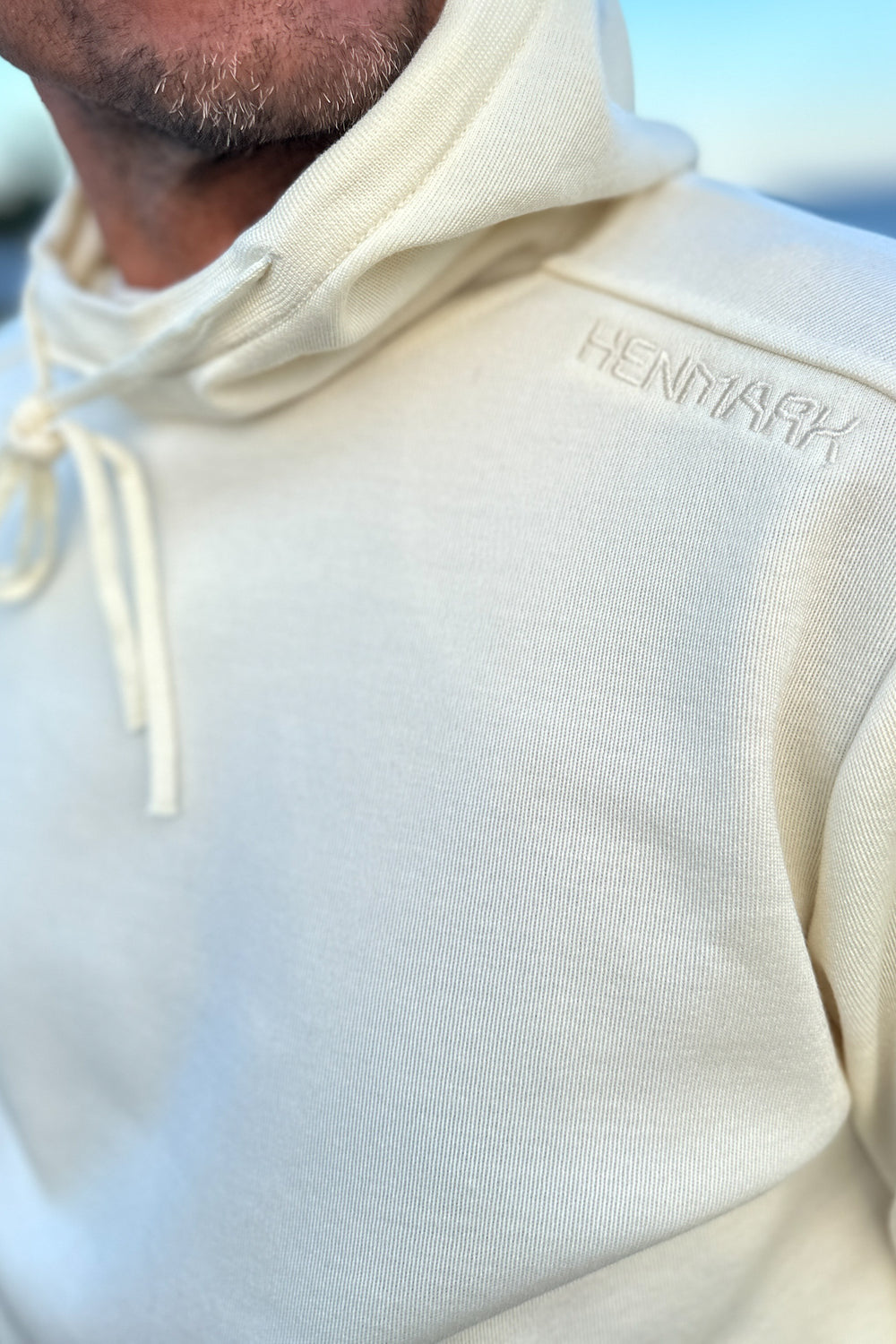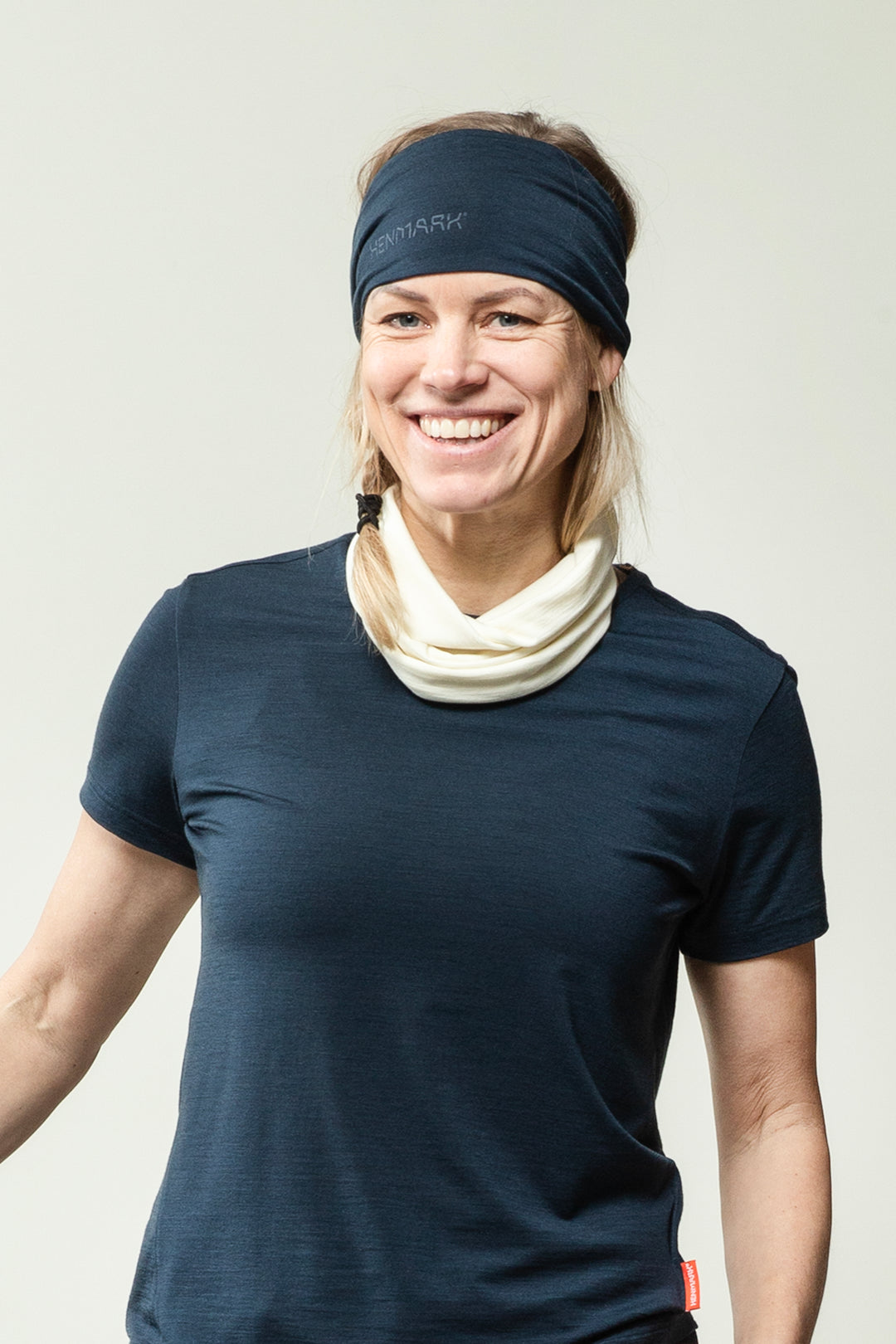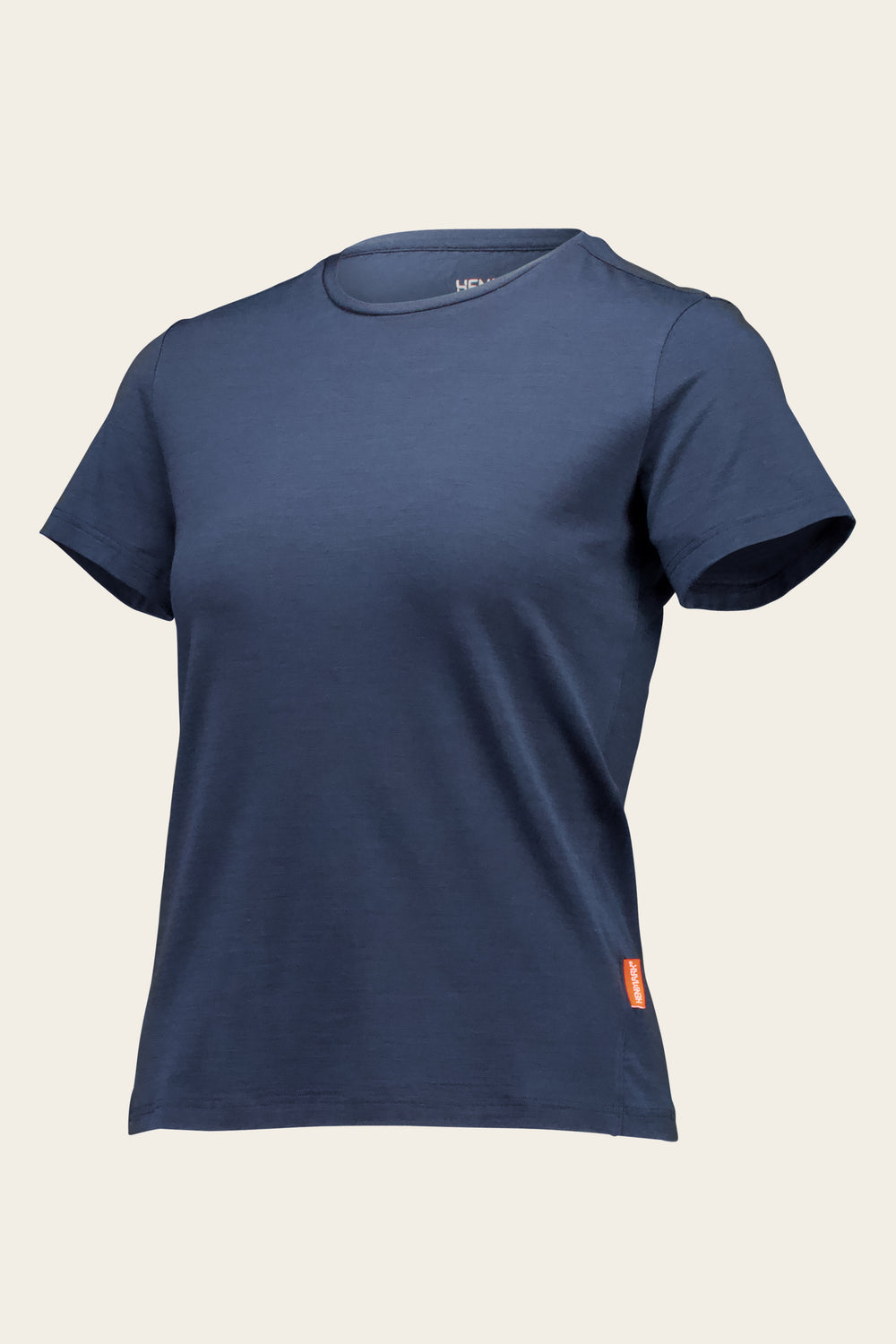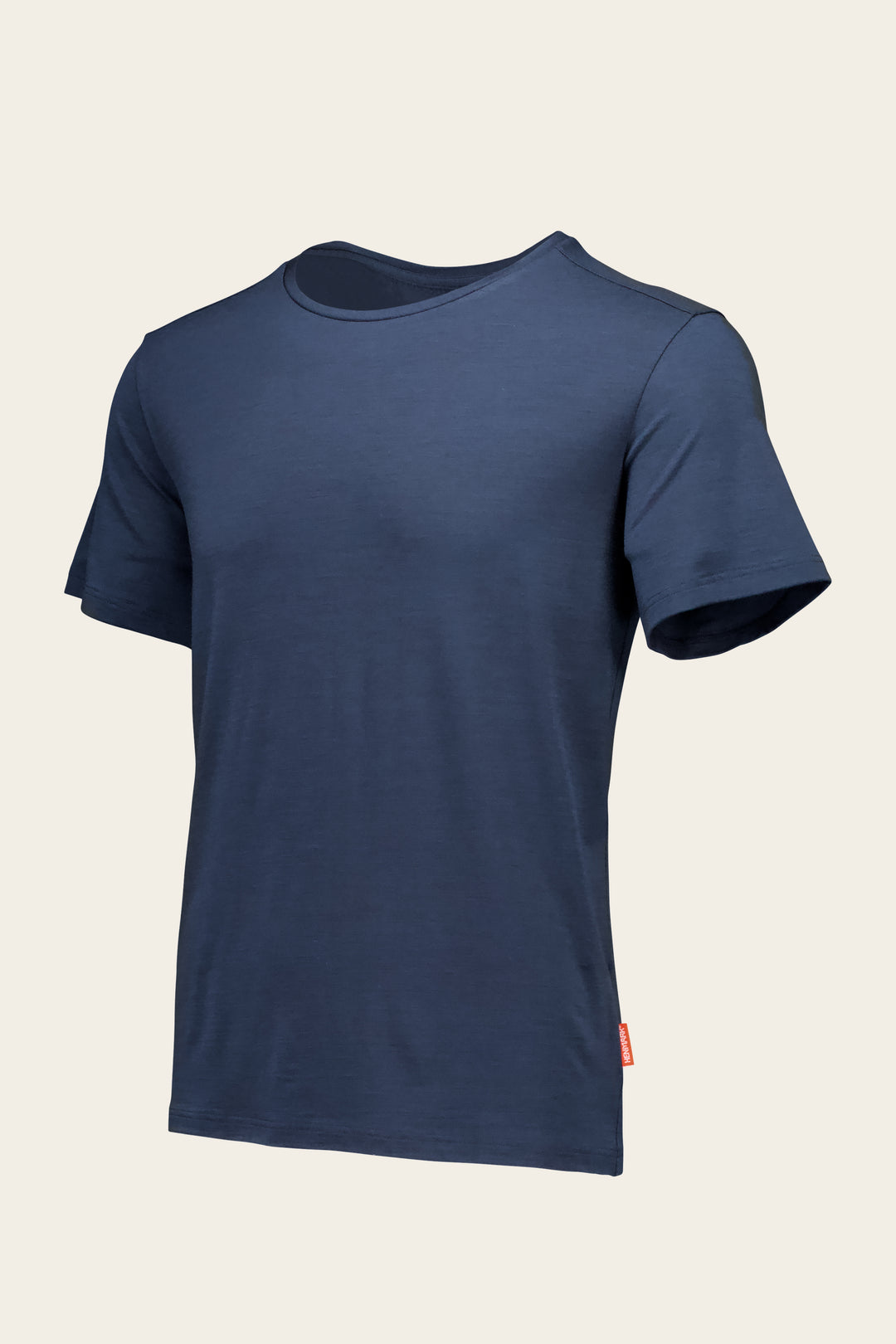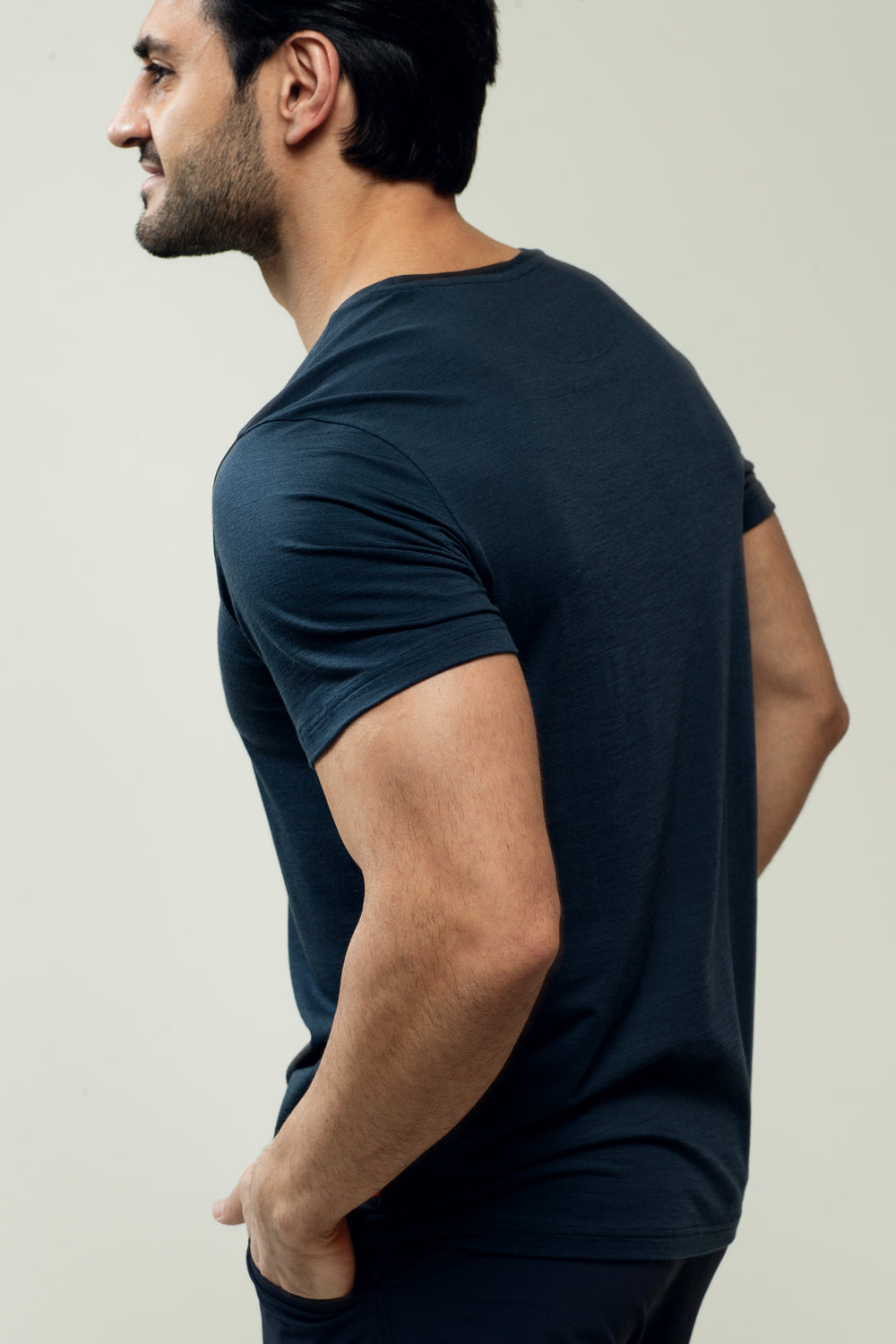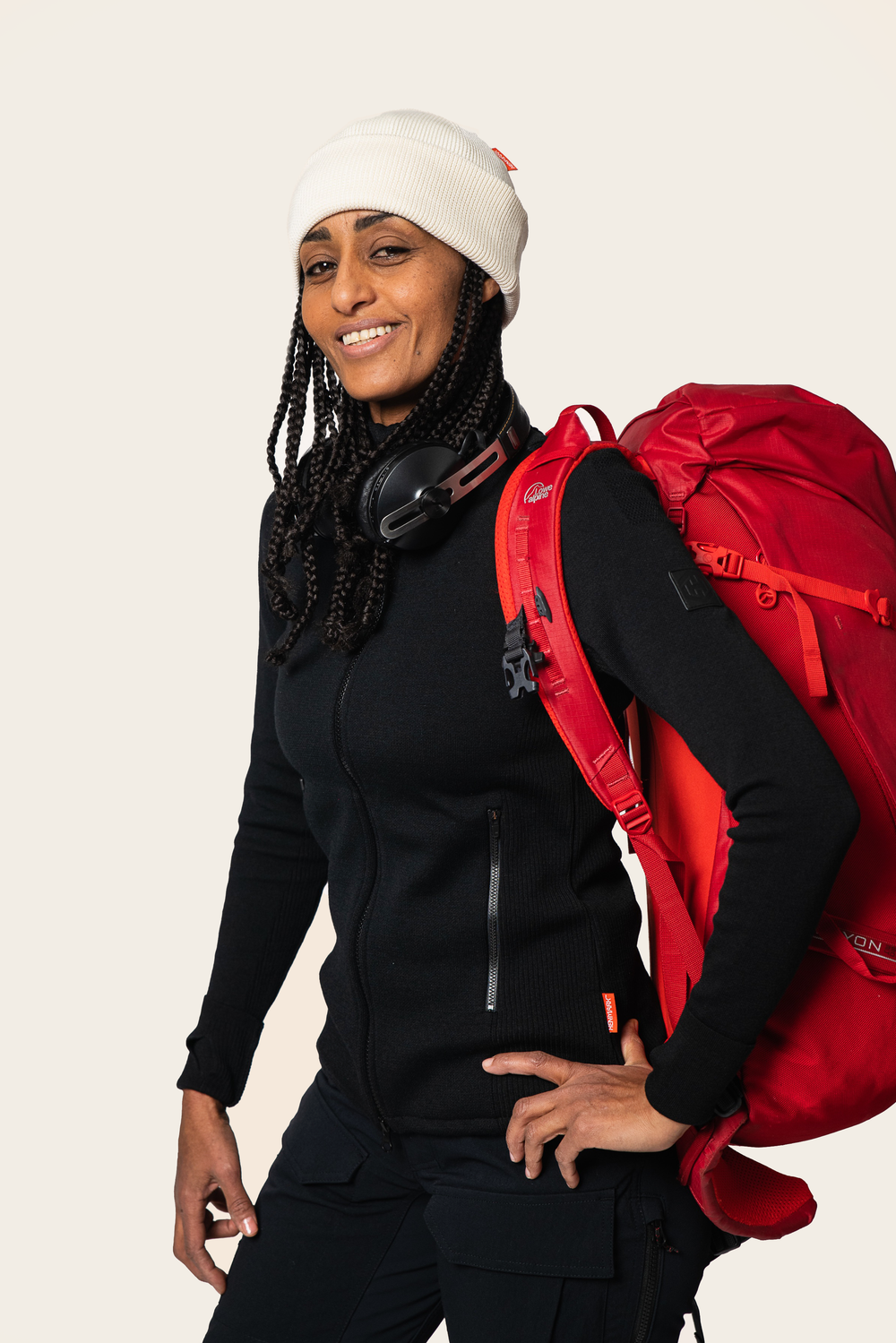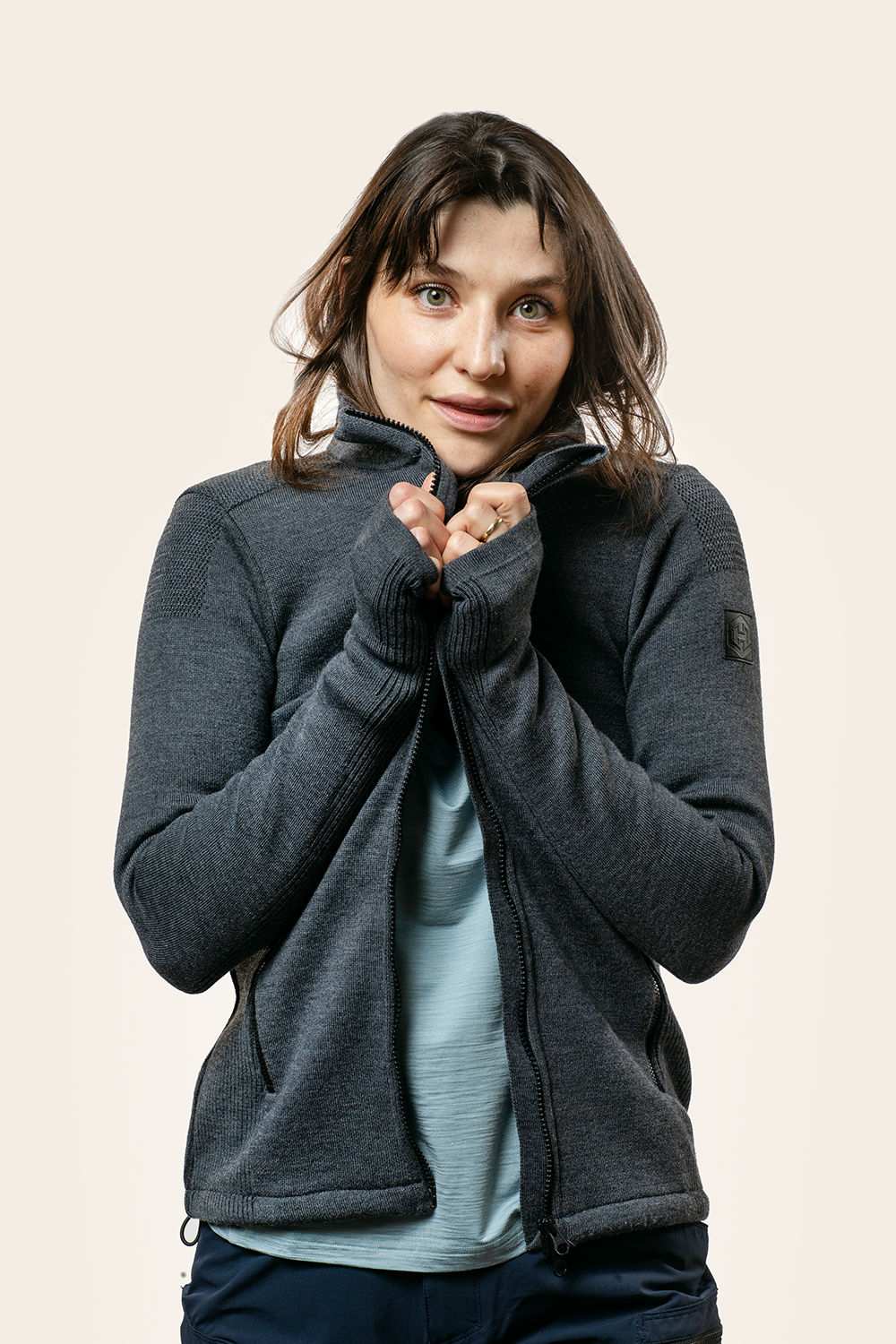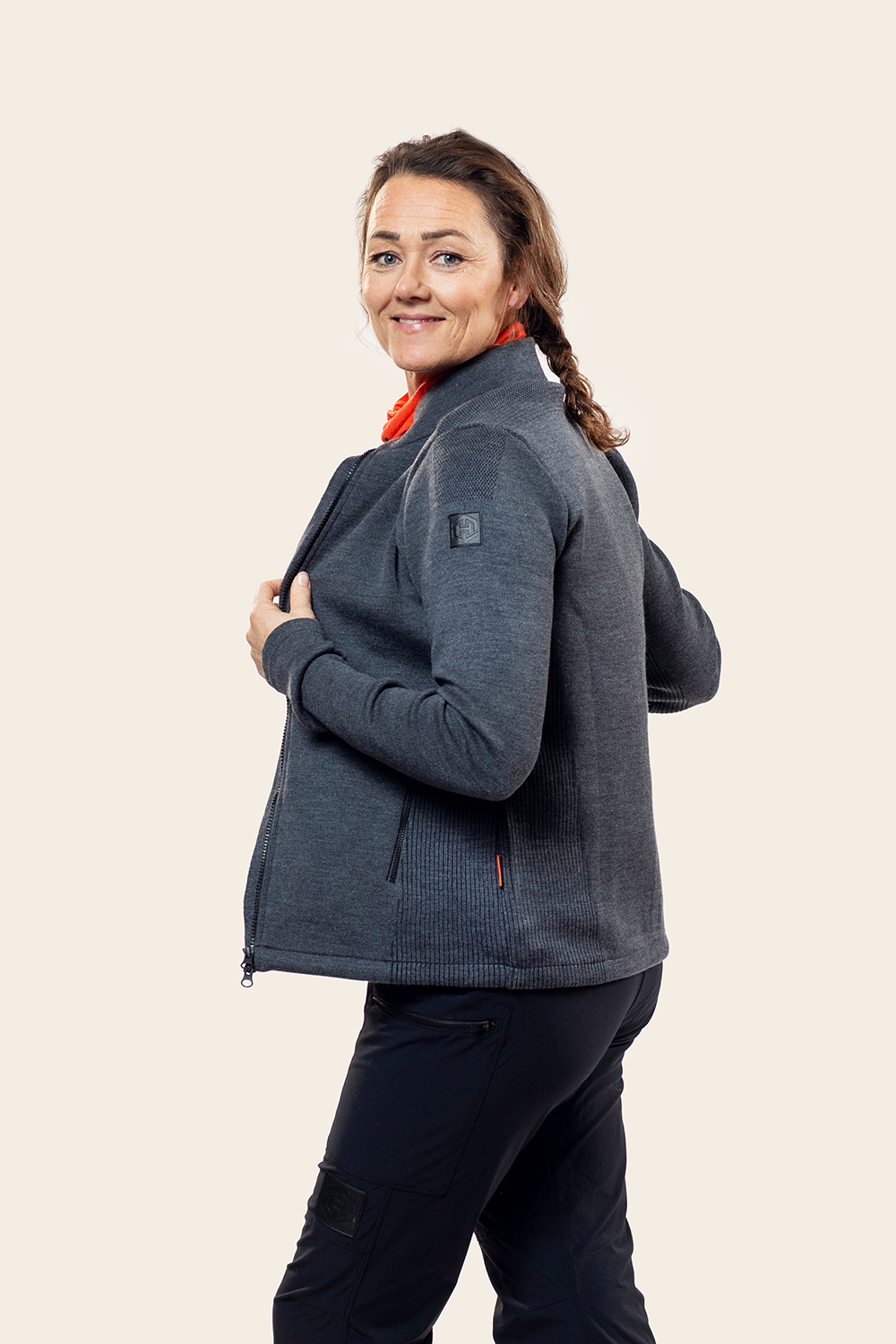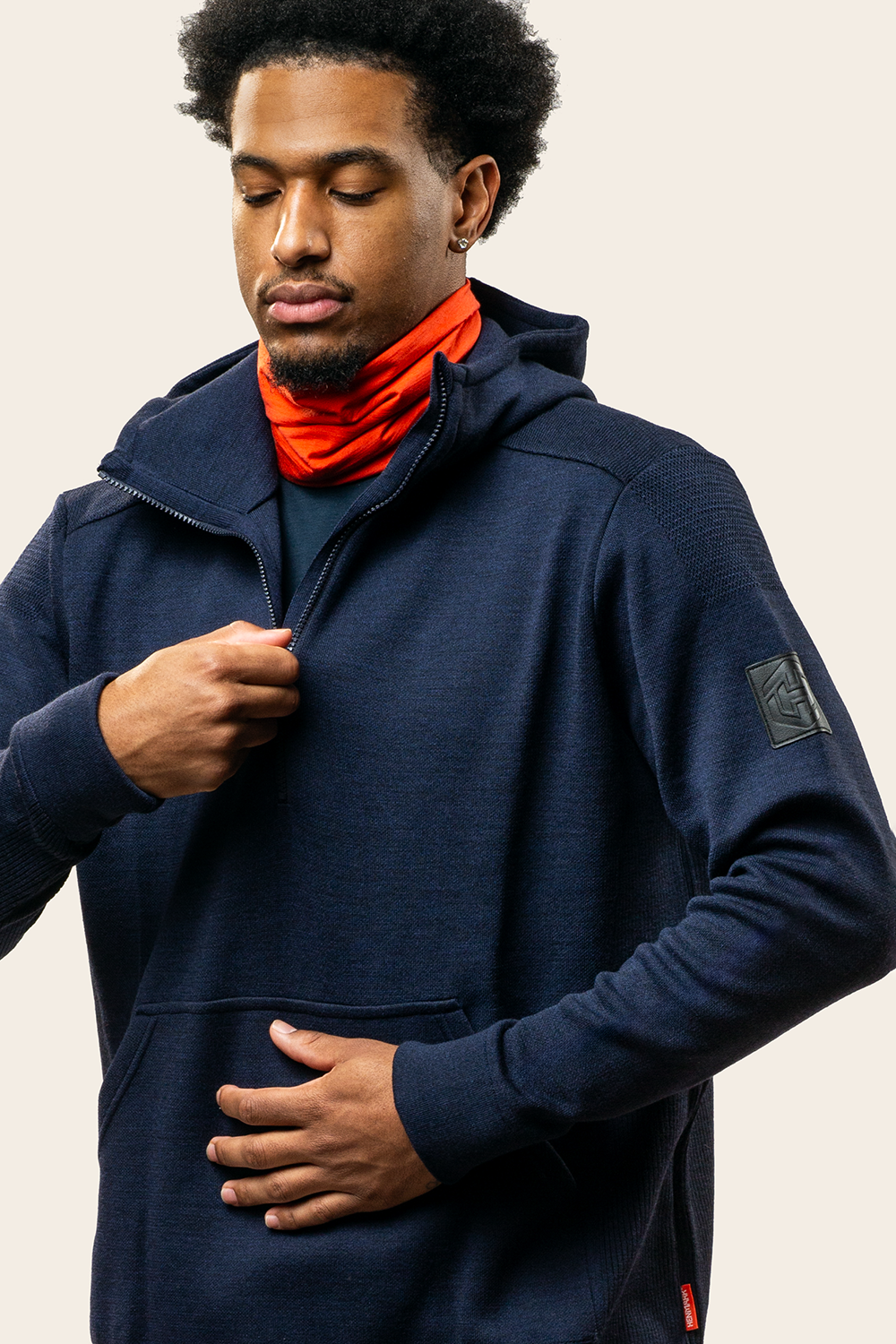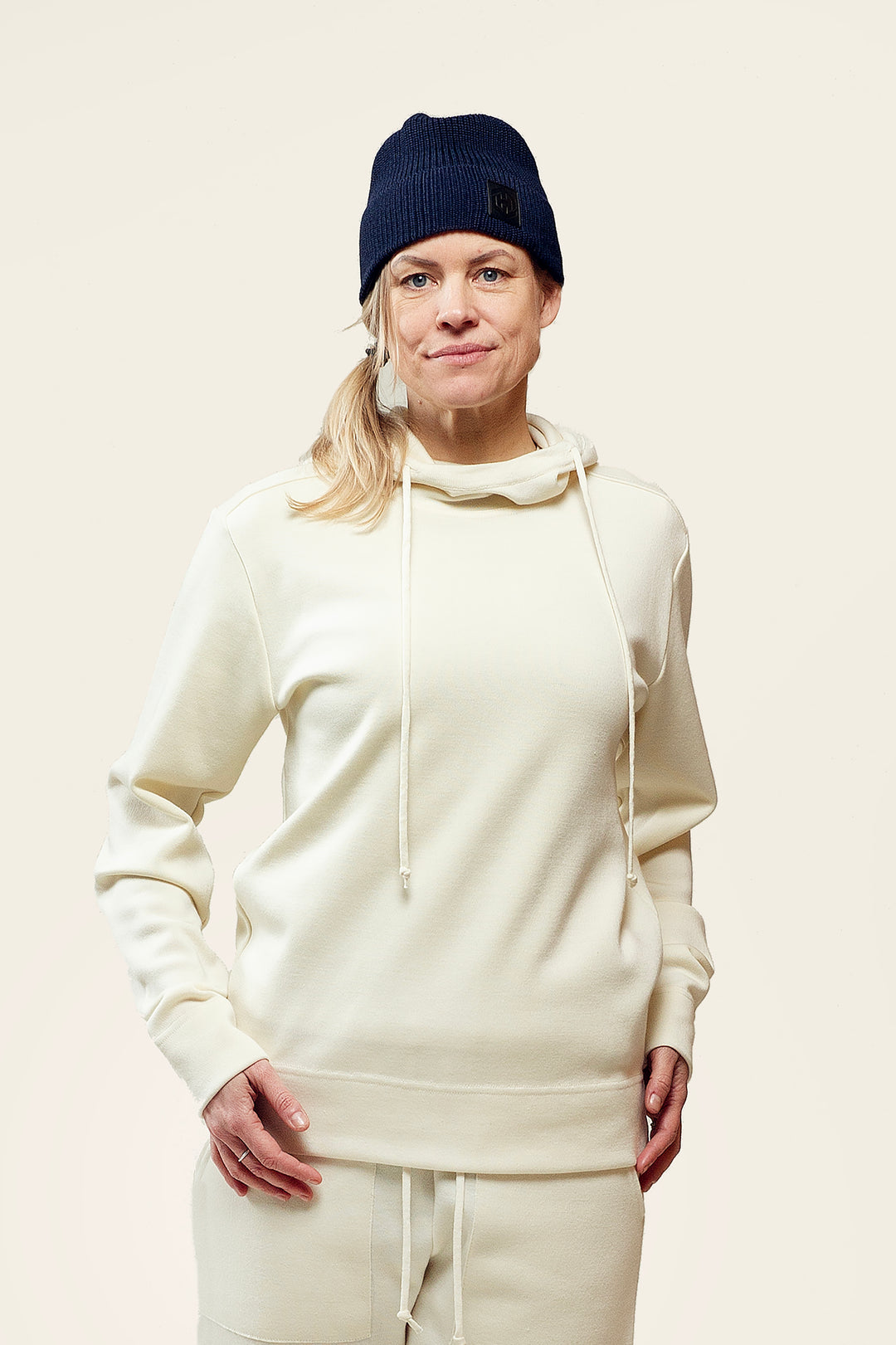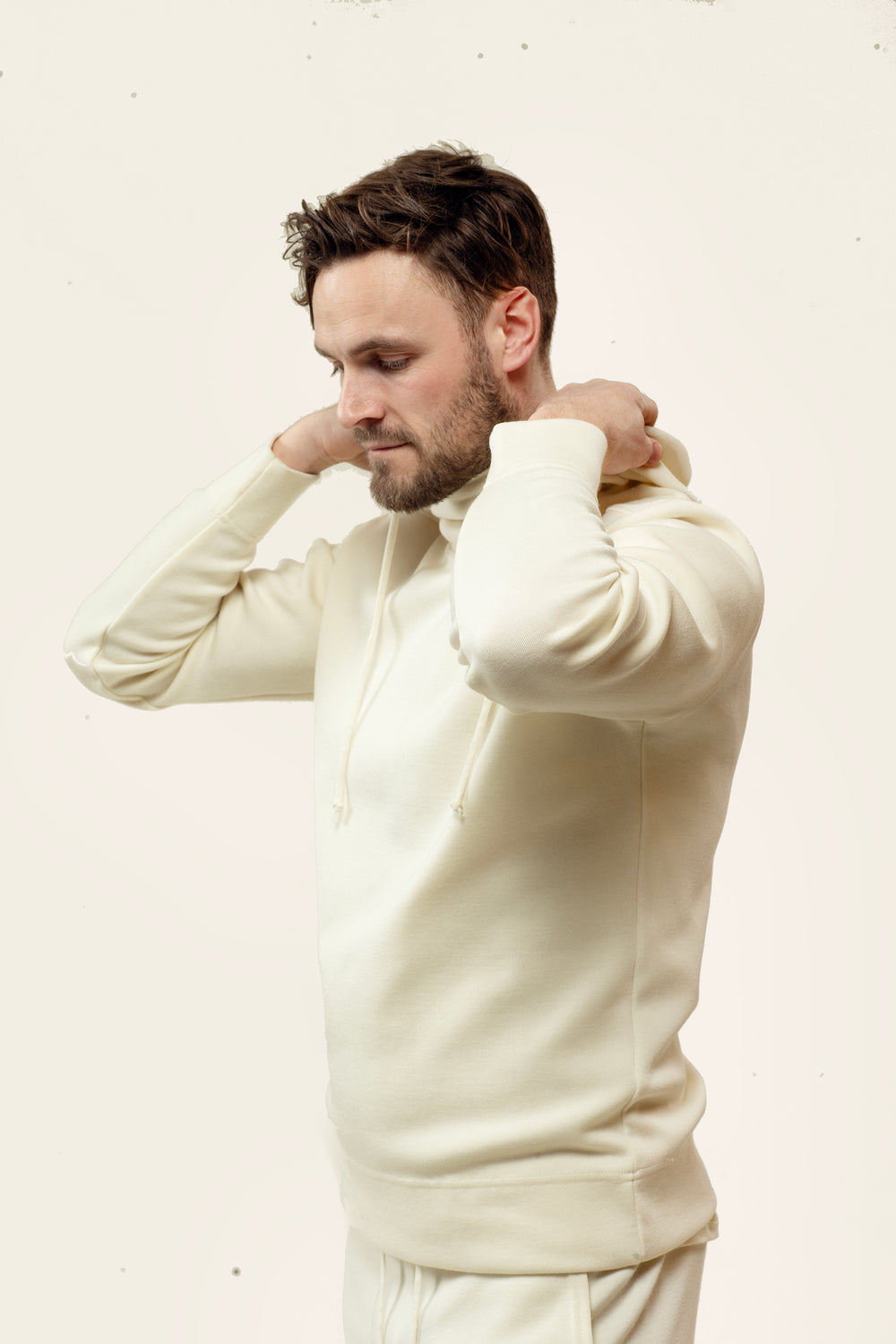Iceland – a hike among volcanoes, glaciers and fairytale valleys
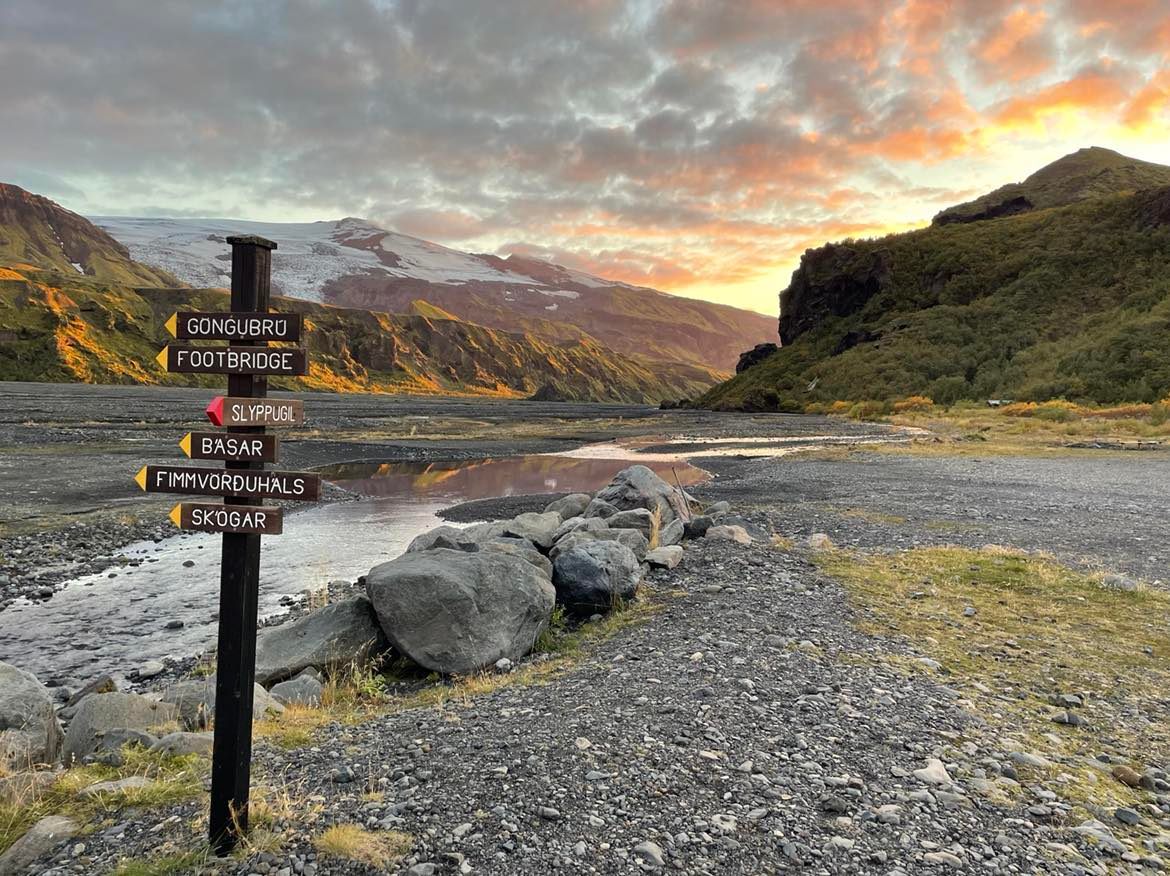
The contrast is striking. It's a really rough autumn day at home in Norrköping, but on the screen we see Anders, wearing a T-shirt, hanging out at an outdoor cafe in sunny Dallas. Having just returned from Iceland to the USA, where he has lived for ten years, we have a chat with Anders Svensson to hear him tell about how a canceled hiking trip to Alaska turned into an unforgettable hike in Iceland.
The plan was to hike the gold rush trail in Alaska together with old friends Peter and Krister. Peter, who has been a guide in Alaska for many years, had dreamed of this hike for a long time. But the trail crosses the border from the US to Canada and was now closed due to the Covid restrictions. The disappointment was of course great, but the gang quickly came up with an equally exciting alternative, Iceland. The Gold Rush Trail had to be saved for another occasion.

Strenuous trip to Thórsmörk
The trio arrived in Reykjavik on September 12, just as the peak hiking season ended. To get up to the area around Thórsmörk, it is easiest to go with one of the adapted buses, but now the high season was over and the buses had stopped running. A four-wheel drive car was hired instead. The rental car company guaranteed that the crew would handle the transport up to Thórsmörk.

A guarantee that our group would be extremely doubtful about even after the first river crossing. The car simply didn't measure up. There was no other option but to set the cart at the appropriate height and start walking. The hike thus had to start earlier than expected and a struggle of nine hours would now begin.

In the Thórsmörk area there are two large glaciers – Myrdalsjökul and Hejafjellsjökul. The runoff from the glaciers forms smaller rivers with fairly flowing water. Several watercourses had to be crossed and it was just a matter of taking off your lower body and putting on the Foppa slippers. A time consuming process that had to be done at every river crossing although sometimes they were lucky and could hitchhike hanging on the outside of the jeeps that passed and drove across the rivers.

The start was perhaps not the best and the challenges would be more. Already after a few kilometers, the soles of Anders' old, but well-greased, boots began to loosen. But tell me the problem that can't be solved with duct tape. It turned out to be a not entirely unique solution. During the week, Anders counted four more hikers with silver taped boots.

After a number of hours of hiking, the party arrived at the last river crossing, but now it stopped. This river was too dangerous to ford. Even the most powerful jeeps lost their grip on the river bed and were going with the water. The drivers also did not show any great enthusiasm about going out into the stream an extra time, so it was not possible to beg for a ride.
The only remaining option was to control the steps upstream. A bridge would be two hours' walk away. Now it was time for forehead bone.
But an accident rarely comes alone. With the final destination within looming reach, Peter takes a giant leap across a stream but steps crookedly. With 18 kg on the back, it becomes a real sprain and severe pain.
A tired group finally arrives at the camp. The start of the hiking tour has been anything but auspicious. A planned car trip up to Thórsmörk in about an hour turned into a strenuous hike of around ten hours, with a broken boot and a sprained foot on the minus account.

The trio settled down over a beer to confer. The sprained foot and a broken boot clearly changed the conditions for the rest of the hike. The original plan was to hike north towards Laugavegurinn with Thórsmörk as a starting point. Hiking the entire trail round trip was not possible in a week so they would have to turn around somewhere along the way. With Peter's sprained foot, it was also not possible to hike with a full pack. The only remaining option was now to make day trips with the base in Thórsmörk. An option that in the end would turn out not to be so stupid after all.

The three-man tent was set up and the first dinner was cooked. Freeze-dried food from Real Turmat had been purchased together with (exactly) 48 slices of bread, butter, cheese and coffee, but not much more. No unnecessary weight to carry. Anders notes that it might not have been wrong to have a little more goodies in the pack if they had known that there would only be day trips. But a bonus was still the opportunity to buy beer and snacks at the camp. 
There were still many hikers up on the trail and many different nationalities had gathered at the camp to head towards Reykjavik. Anders made an attempt to buy used boots in size 10 from some Americans who were on their way home. No luck with those attempts, but many had a good laugh at his valiant attempt to get rid of the silver tape. 
After a very long day, the trio finally got to snuggle up in the small three-person tent. A small three-man tent is, of course, an excellent choice for a longer hike when you want to save weight, but perhaps a little too small for a base camp, especially when everyone in the party snores. In such a small tent, everyone gets involved when someone needs to go to the bathroom at night. But the advantage is that you stay warm. At this time of year, the night temperature in Iceland drops to a few degrees below zero, so a tight tent combined with a warm sleeping bag was a good recipe against the cold.
First day's tour
Krister and Anders took the pack on the first day's trip and Peter concentrated on hiking steadily so as not to injure his foot further. The tour went towards Vulcano Huts, a camp nearby.

Once there, they are greeted by a happy American they met the night before.
- "Anders, it must be your lucky day. There are a couple of boots left to buy and can you imagine, they are size 10".
The same happy American also gave up a pair of thin inner socks so that Anders would avoid shoe chafing in the newly purchased boots.

From the Volcano Huts, they climbed to a peak of about 400-500 m with a clear view of the glaciers Myrdalsjökul and Hejafjellsjökul. With the shimmering green slopes and glaciers in front, lunch was taken in conversation with a New Zealand couple who traveled around Iceland for a month.

Second day's tour
Now the Myrdalsglaciären would be visible from a lookout point up on a hill. Anders has great respect for heights and had done research to find out if the ride was exposed to steeps. It would be calm according to the information he received. But either the informant had a bad grasp of the hiking trail, or the concept of fear of heights, because it turned out to be really steep on both sides of the trail. A challenge Anders took on by lowering his head and sprinting up to the lookout. Profusely sweaty, he had to sit down and wait for Peter and Krister, who took plenty of time to admire the view and take photographs on the way up. Anders says that when he sat and waited for the rest of the party, he reflected that he was glad that he was wearing woolen garments on his body. It's amazing how the wool warms so well even though it's wet with sweat.

Once there, the view was magical with the different colors against the black volcanic sand. The changing nature really does itself justice when you get up a bit. The white glaciers. Mosses that cover the mountain sides and that glow emerald green when the sun's rays peek through. If you take the time to look, you can see the changing character of nature, which becomes very dramatic. Peaks of 1500–1600 meters contrast with deep valleys. Black layers of ash formed over the years mixed with the green grass and green moss make the surroundings incredibly spectacular. However, you don't see many animals along the way. A few birds and some sheep but not much else.
Even though Anders had to bite the bullet to deal with the steeps on the way back, he believes that there were no major risks in walking the trail. But a number of height meters had been cut and the daily beer tasted extra good when they summed up the day's impressions back at the camp.

Third day's tour
During the third day, the trio would avoid heights and instead follow a valley along a rippling stream gorge. Huge mountain sides mixed with cinder hills created a different experience with mountain grouse soaring along the slopes. The terrain was flat but partly rocky with large boulders. Those particular passages really challenged Peter's sprained foot who muttered half-choked profanities as his foot gave way on the boulders.

At the end of the valley they reached a massive rock wall with a hidden waterfall. Rest and rest. Fresh fresh water after a number of hours of hiking was perhaps only narrowly beaten by the beer at home at the camp once the trio returned home.

Fourth day
From Thórsmörk it is possible to walk between the Myrdalsjökul and Hejafjellsjökul glaciers to get to Skógar. It is a trail with steep slopes on both sides and very challenging if you respect heights. The hike was coming to an end and the car needed to be picked up. But now they had arranged a ride to the car and didn't have to walk the approximately 10 hours they did at the beginning of the hike. Getting to Skógar by car was a no-brainer. The small village of about 25 inhabitants is surrounded by green pastures and is famous for the Skógfoss waterfall. The village is south of the Eyjafjallajökull glacier and legend has it that it was founded by the Viking Þrasi Þórólfsson who hid a treasure behind the waterfall.

Summation
Of course, the hike didn't turn out quite as the trio had imagined. But when Anders and his two traveling companions summed it all up, the trip was probably even better than expected. They had been looking forward to a slightly tougher stretch, but could state that day trips with lighter packs are actually underestimated. A trip like this is also so much more than just the trip itself. The time before departure when everything has to be planned, equipment bought and distributed, maps exchanged and packing lists discussed. The summaries in the evenings over a beer when the day's experiences have to be digested. But also how, once home, you relive everything when the photographs are exchanged after the trip.

We wonder if we will get to come back and write about their Alaska trip in the future, but Anders says that nothing has been decided, but it is still there and beckons. He and his traveling companions will now continue to explore the surroundings in their immediate areas, because there is so much to experience even closer than you think.
And for those wondering - the car they left was still there when they came back :-)
Thank you Anders Svensson, Krister Sandberg and Peter Wikström for the photographs and for sharing your trip to Iceland.


